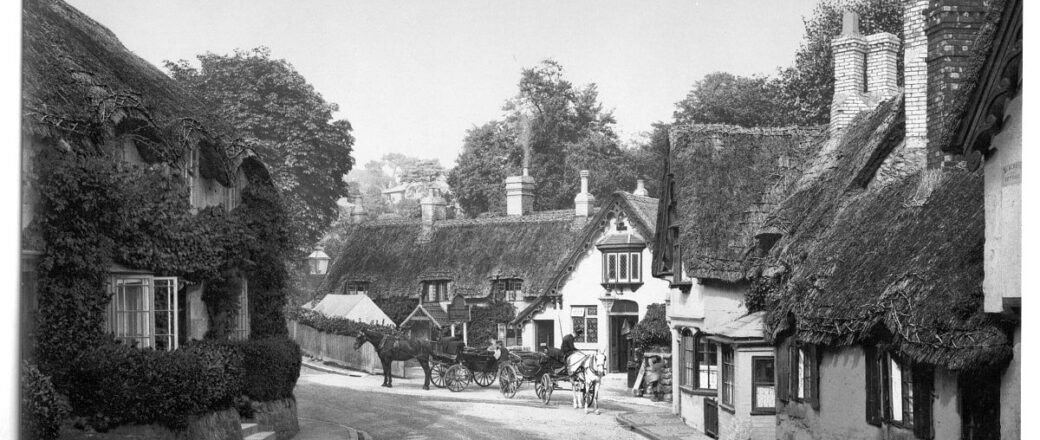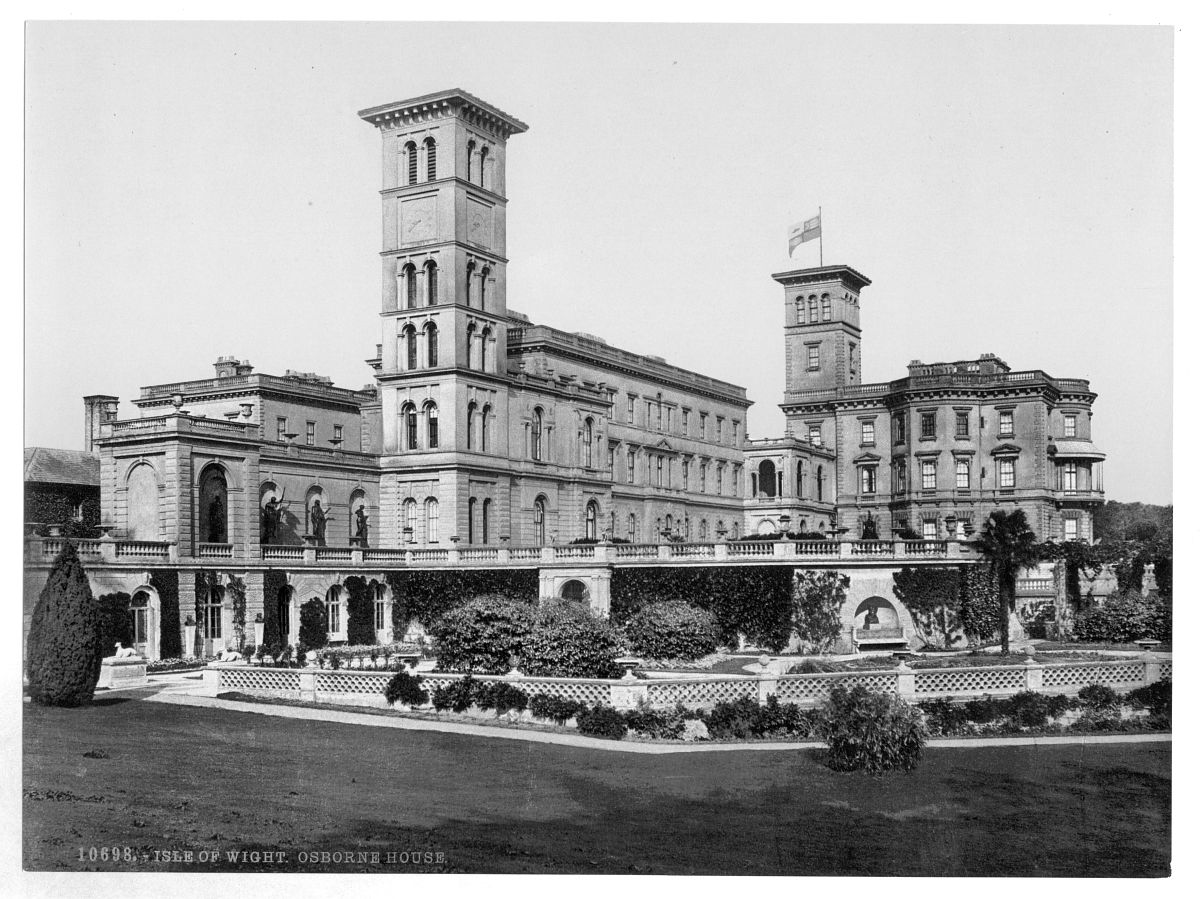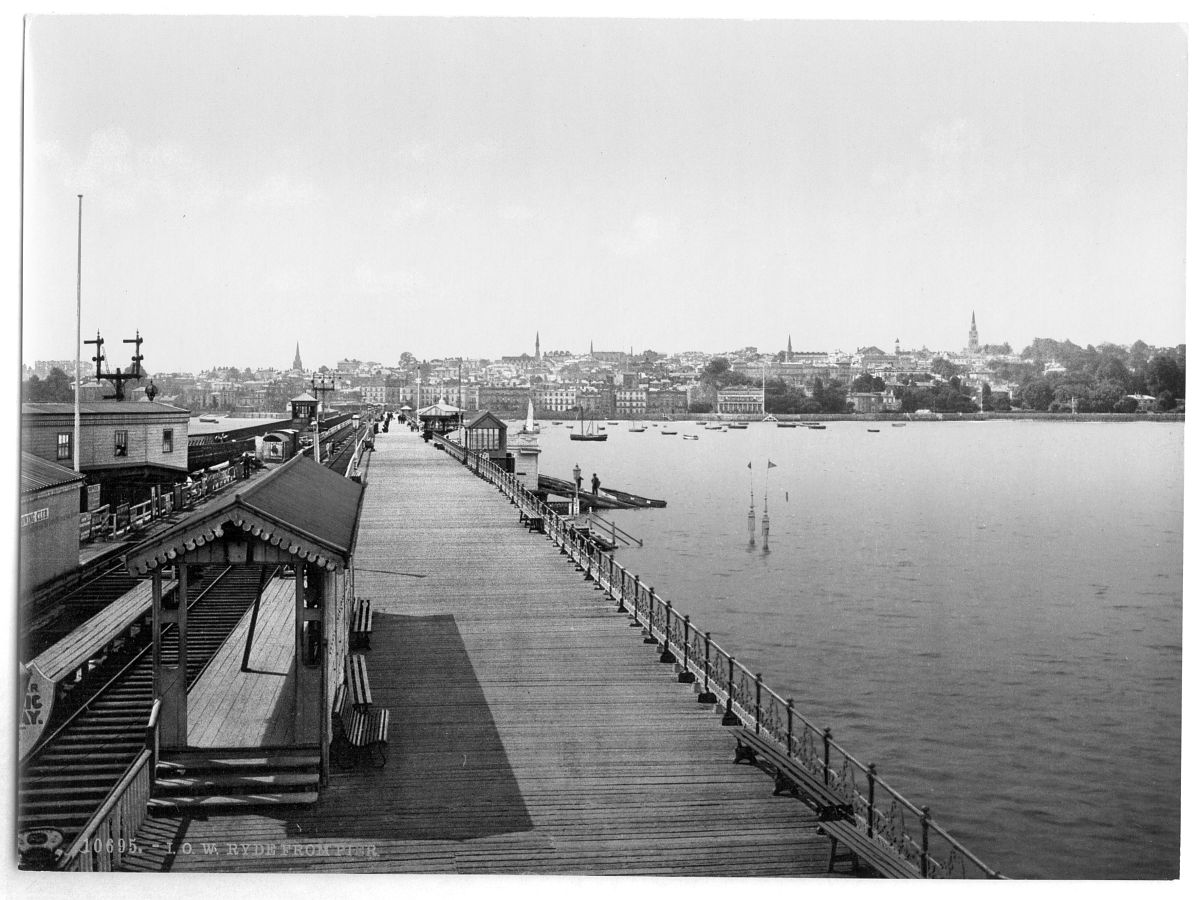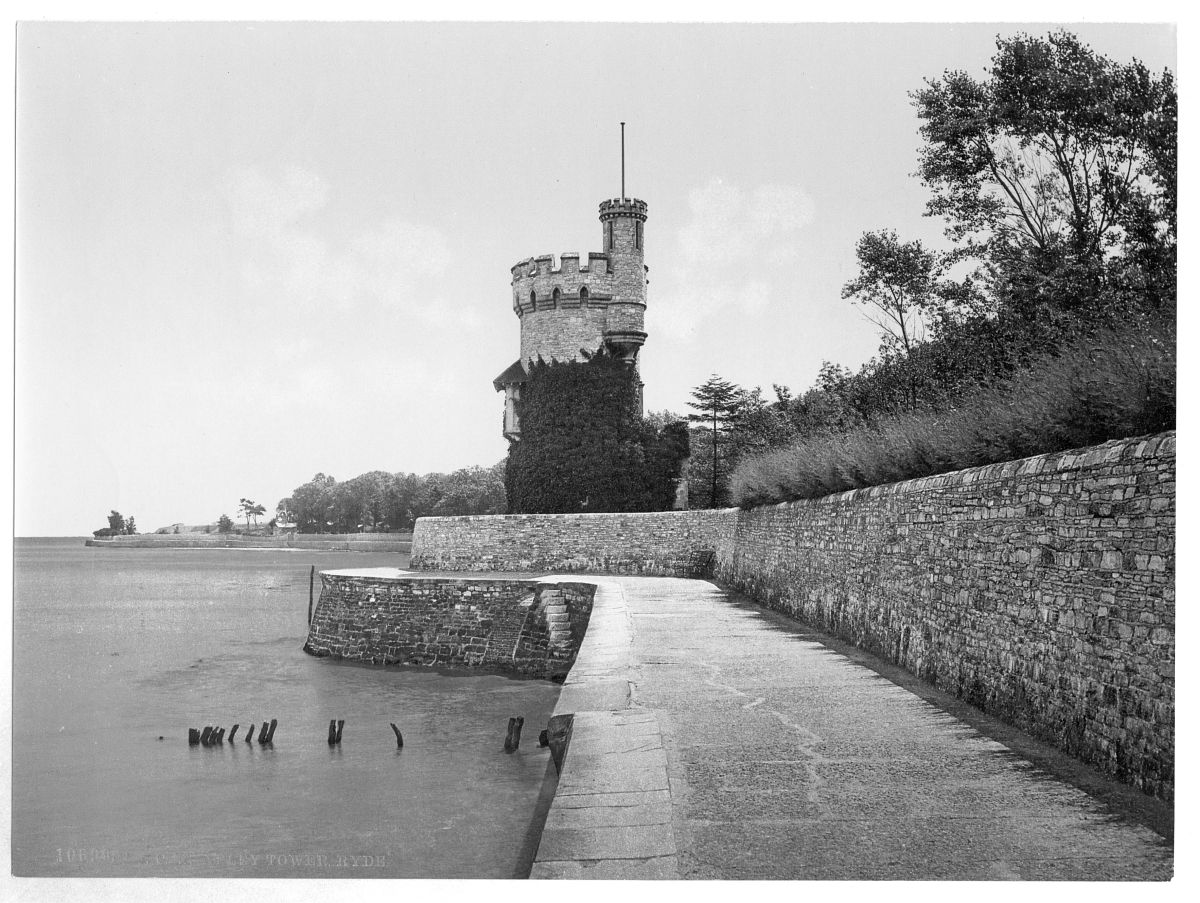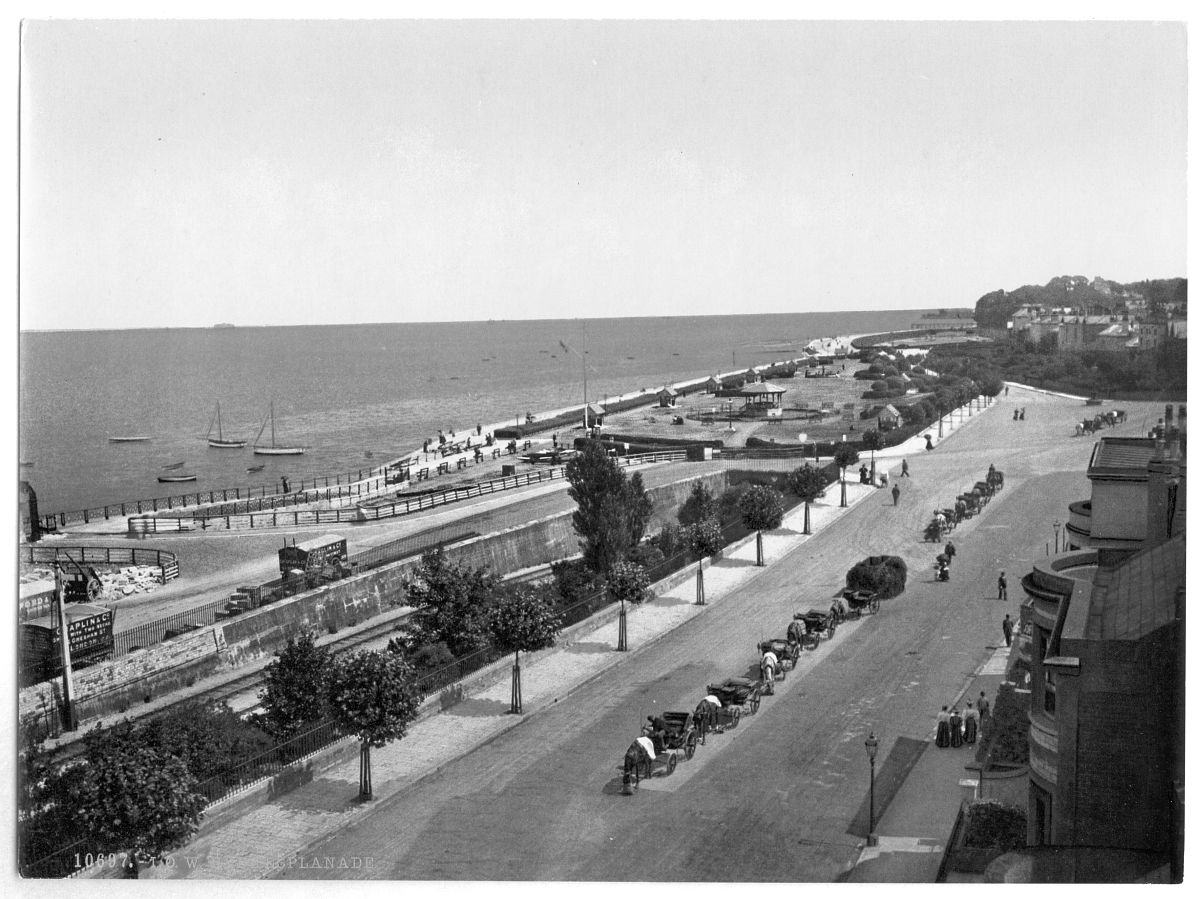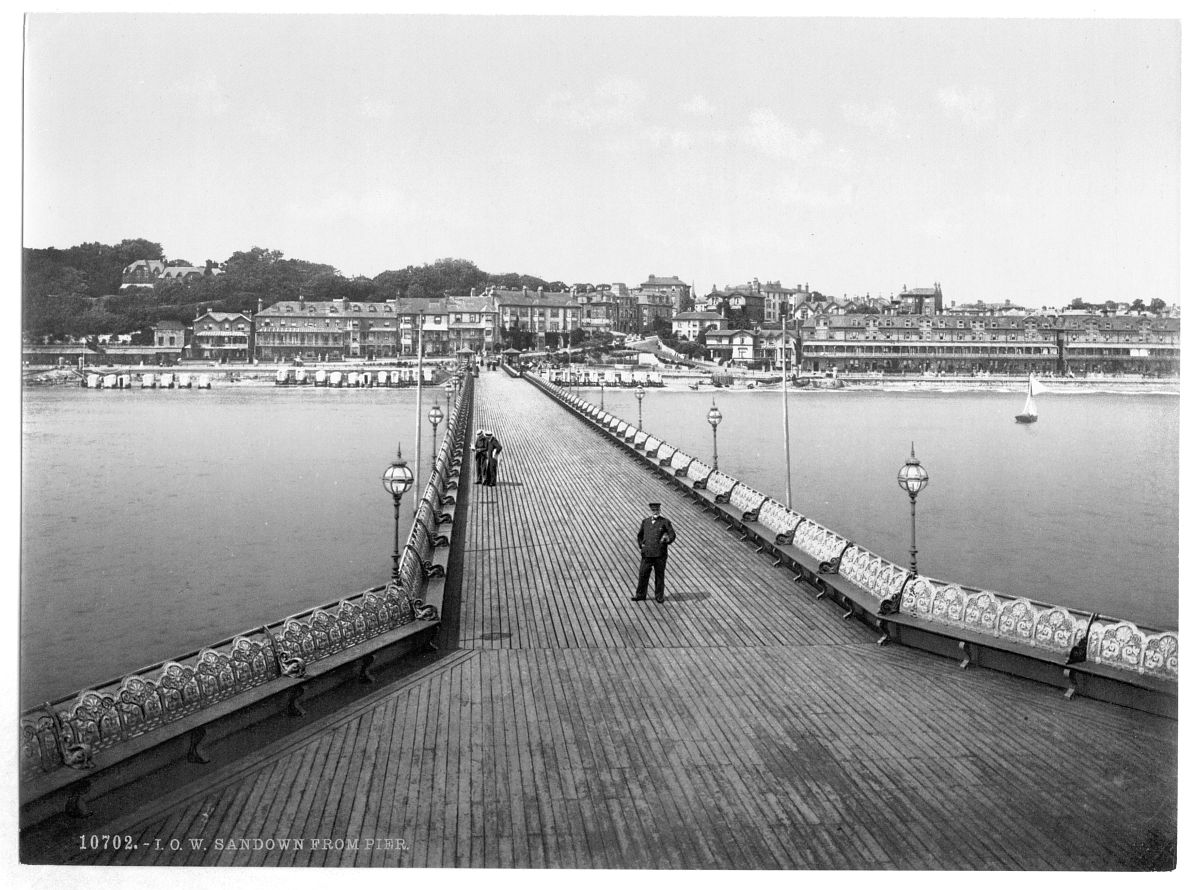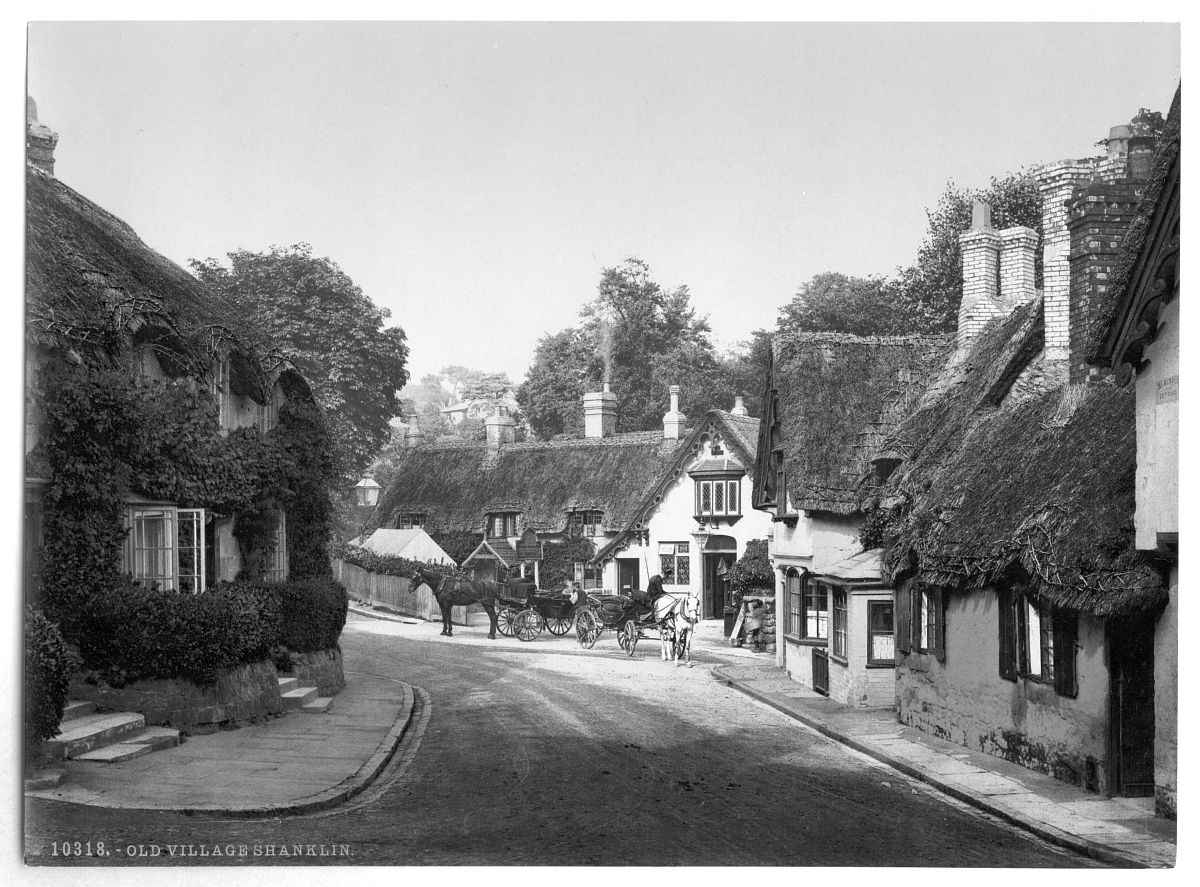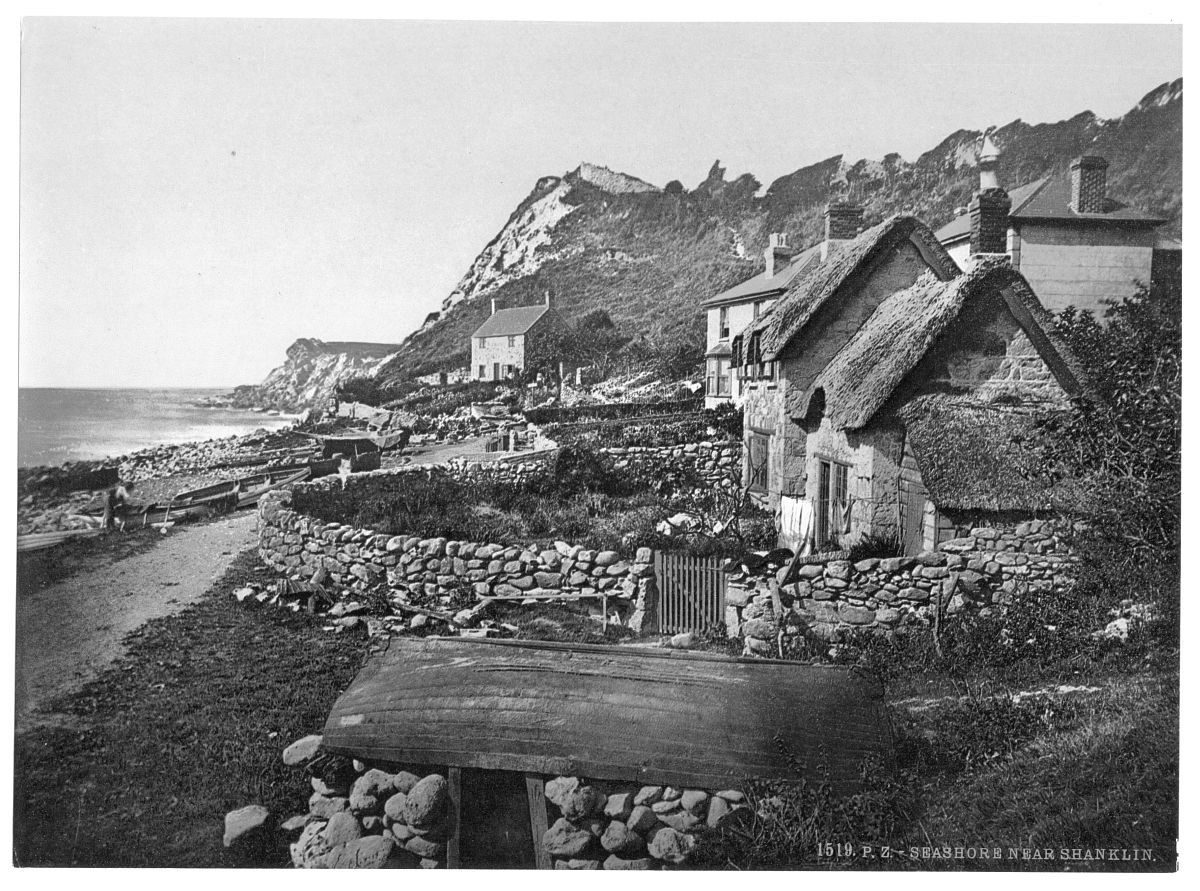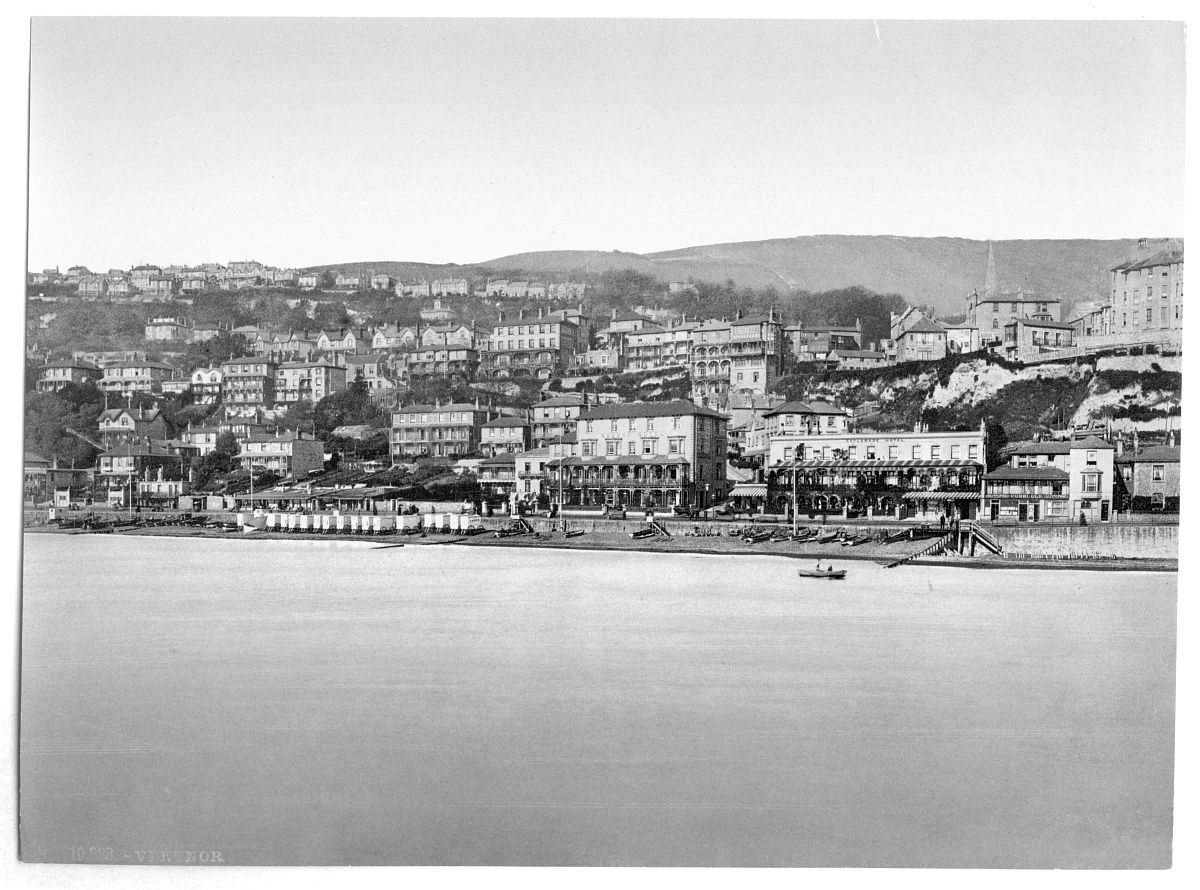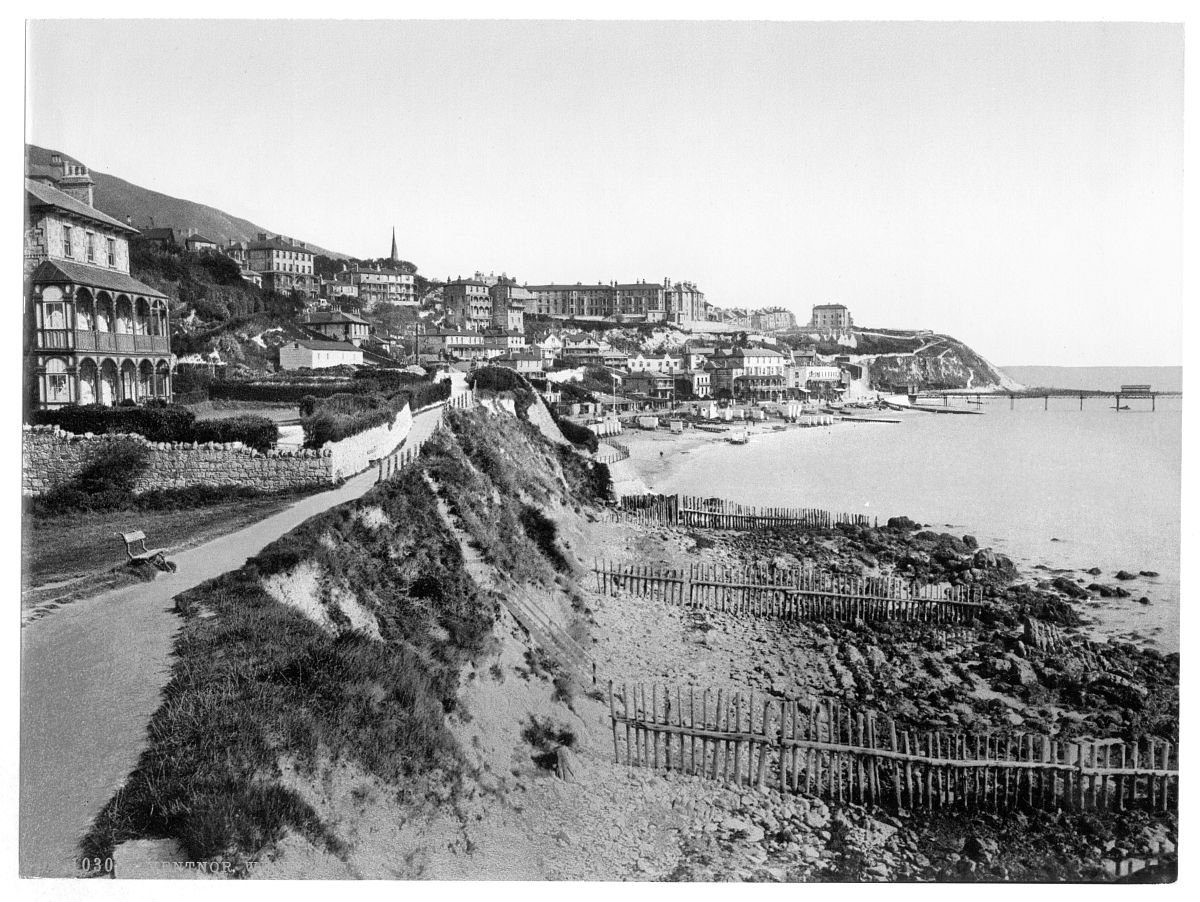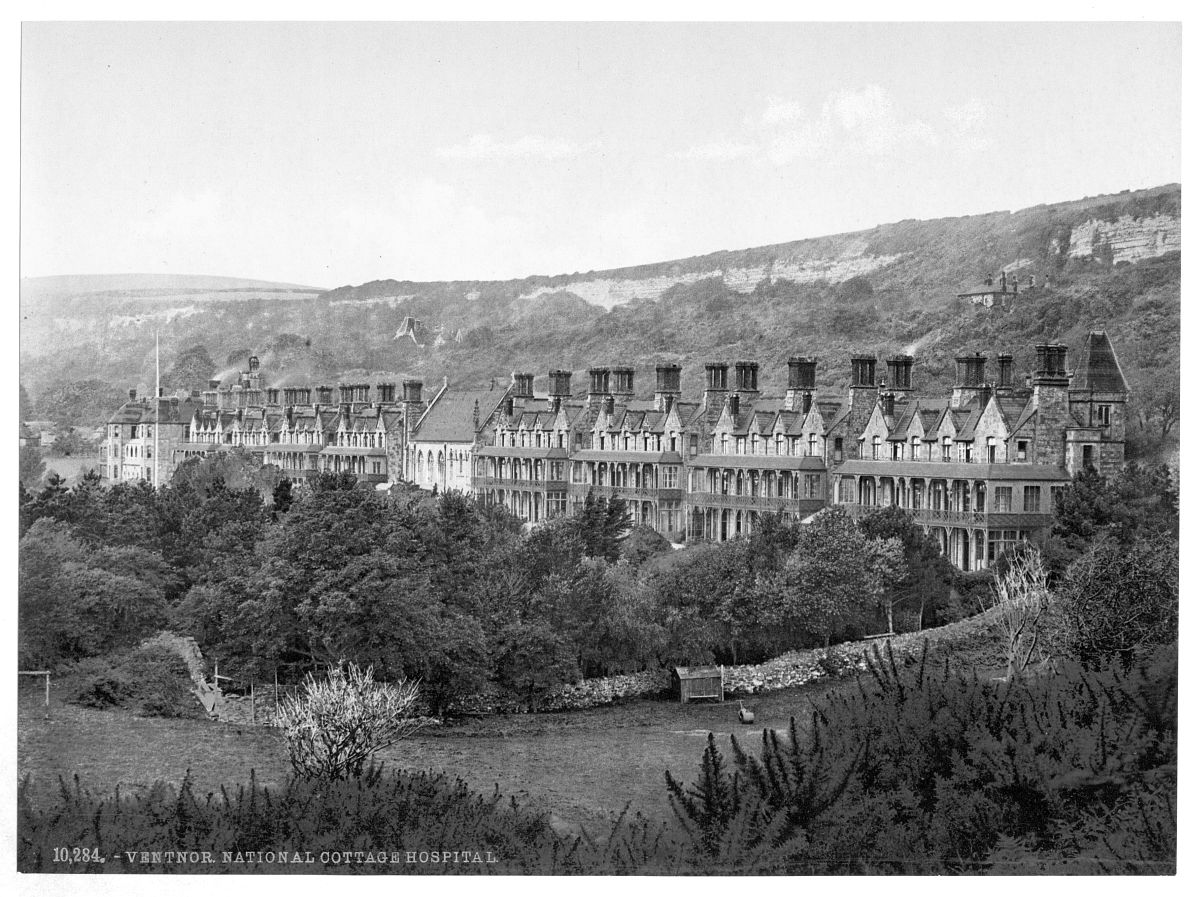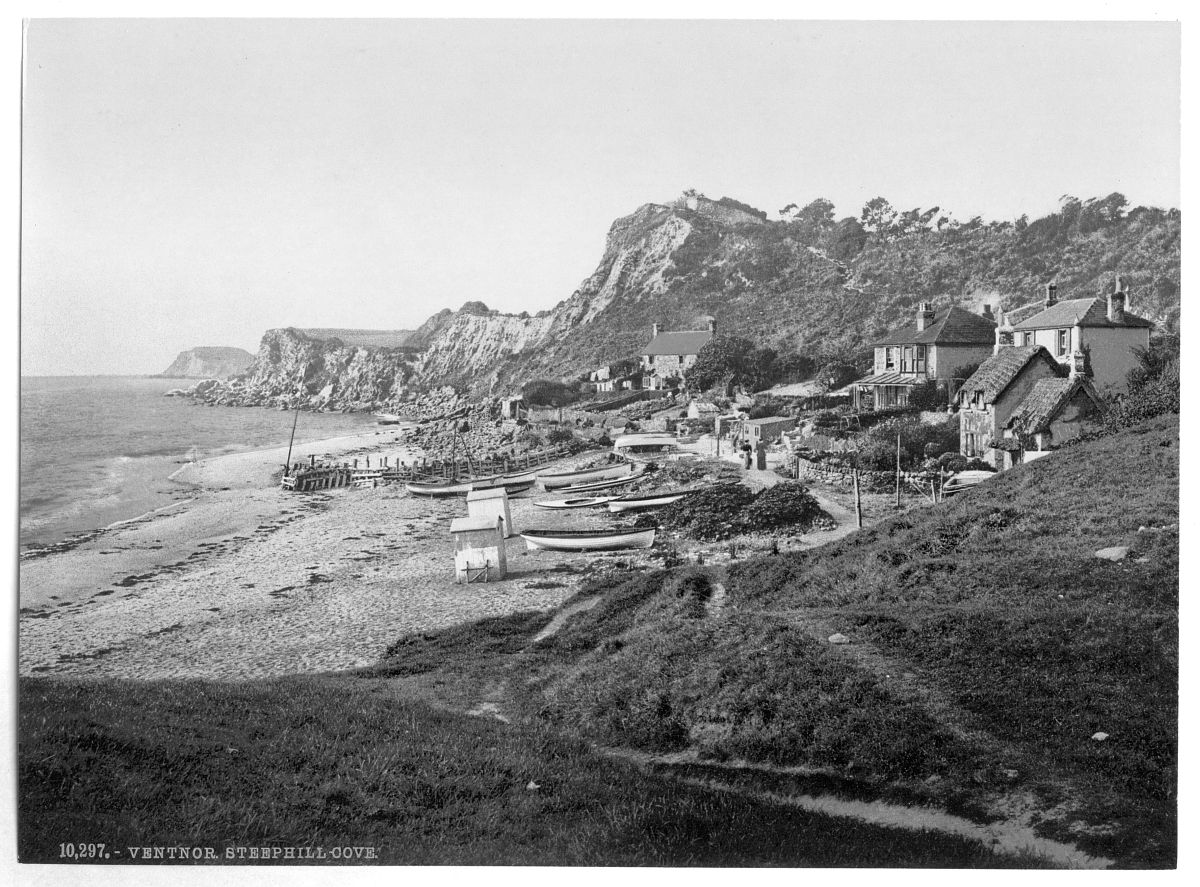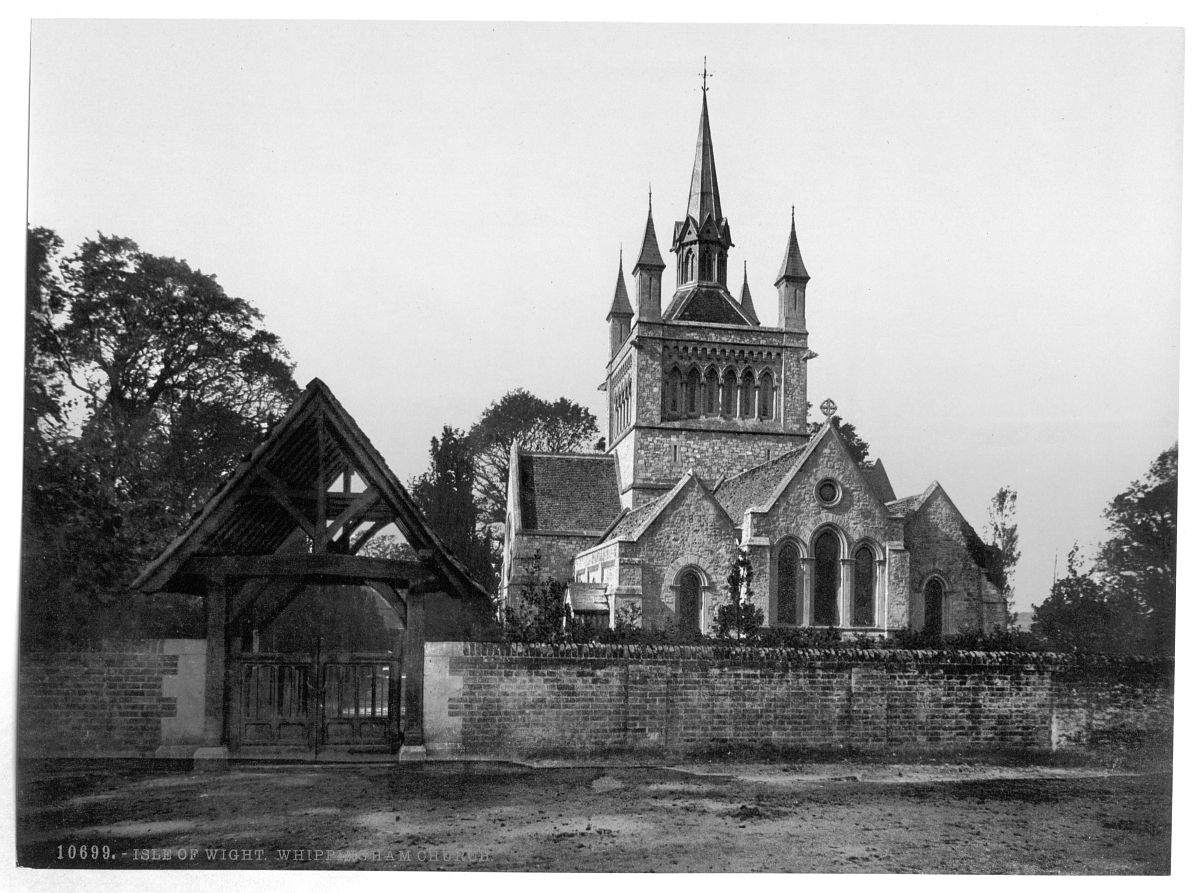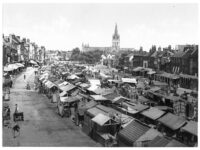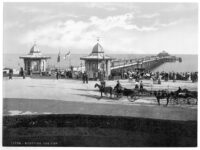During the Victorian era, the Isle of Wight experienced significant transformation, evolving from a largely rural and maritime community into a fashionable destination for the British elite. The island, with its picturesque landscapes and growing urban centers, became a hub of social and economic activity, attracting visitors and new residents alike.
The expansion of transportation, particularly with the advent of steamships and the railway, facilitated easier travel between the Isle of Wight and mainland England. Towns such as Ryde, Cowes, and Newport thrived as commercial and social centers. Ryde, in particular, developed into a bustling town with elegant promenades, grand hotels, and stylish shops catering to an affluent clientele. The construction of the pier in 1814 and its subsequent extensions reinforced its role as the “Gateway to the Isle of Wight.”
Cowes emerged as a yachting haven, with the establishment of the Royal Yacht Squadron in 1815 attracting aristocracy and royals. Queen Victoria’s decision to build her beloved Osborne House in East Cowes further elevated the island’s status. The royal residence not only influenced architectural styles but also provided employment opportunities for local artisans and laborers.
Victorian urban life on the Isle of Wight reflected the broader social hierarchies of the time. While the upper classes enjoyed lavish social events, sea bathing, and refined leisure activities, the working classes labored in shipbuilding, tourism, and domestic service. Streets were lined with gas-lit lamps, and public parks, libraries, and assembly rooms became focal points of cultural and civic engagement.
Markets and local industries thrived, particularly in Newport, the island’s principal market town. It served as the commercial heart, with bustling streets filled with traders, artisans, and merchants. The arrival of the railway in the late 19th century further integrated Newport with the rest of the island, encouraging trade and movement.
Despite its prosperity, the Isle of Wight was not without its social issues. As towns grew, so did concerns over sanitation, housing, and public health. The influx of seasonal workers and tourists placed strain on urban infrastructure, leading to efforts in town planning and sanitation reforms. Advances in public health, including improved sewage systems and clean water supply, gradually enhanced living conditions.
The Victorian period also marked a flourishing of arts and literature on the Isle of Wight. The island inspired many writers and poets, including Alfred, Lord Tennyson, who made his home at Farringford House in Freshwater. The picturesque scenery and serene coastal life provided a creative retreat for many artists, further cementing the island’s cultural legacy.
In conclusion, the Isle of Wight during the Victorian era was a dynamic blend of tradition and modernity. While maintaining its maritime and rural charm, the island embraced urban growth and technological progress, becoming a favored destination for both aristocrats and the emerging middle class. Today, the remnants of its Victorian past remain visible in its architecture, traditions, and historical landmarks, offering a window into a bygone era of elegance and transformation.

